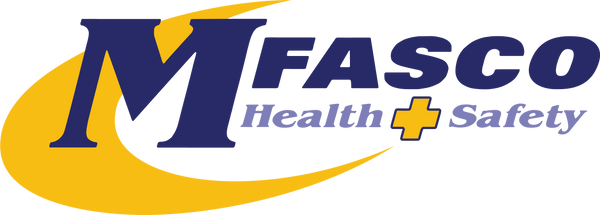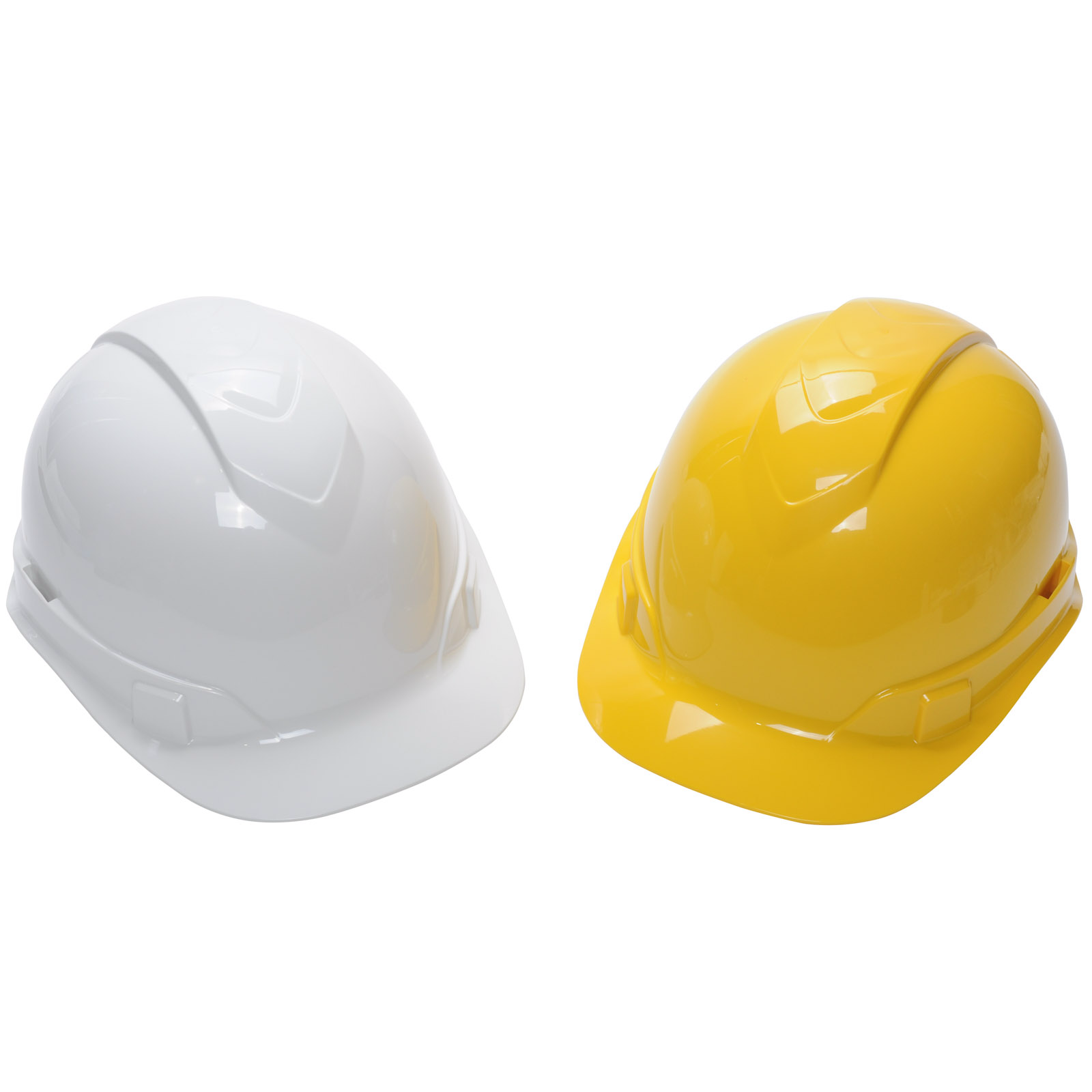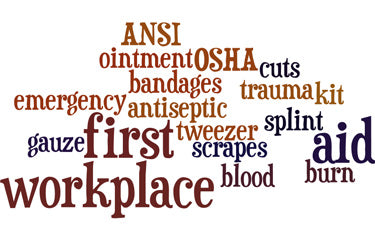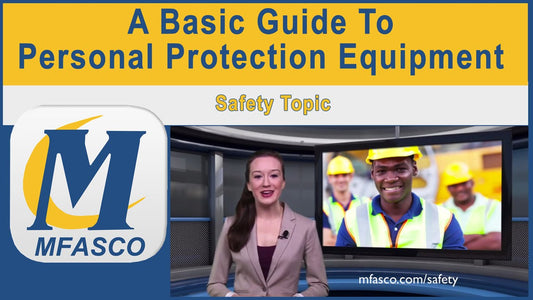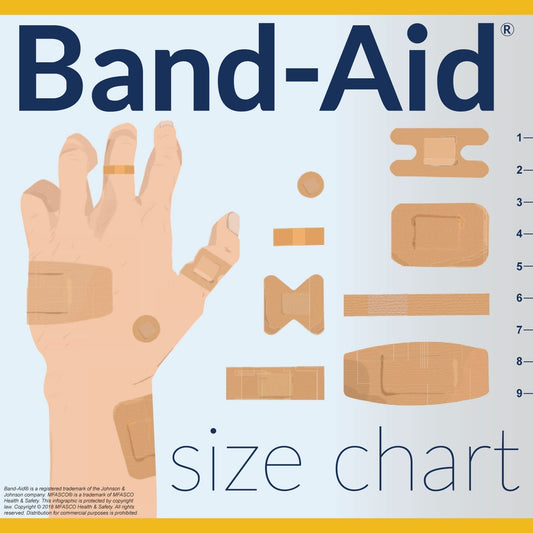How To Select the Right PPE

Select the right PPE to protect yourself on the job. Personal protective equipment is necessary for a wide range of occupations and varies based on the work environment. Considering that workers are often put in unique situations, selecting the right PPE for a job is extremely important. In fact, according to the Occupational Safety and Health Administration, PPE covers the eye and face, hearing, head, foot and leg, hand and arm, and body protection. Whereas certain environments will only require minimal protective measures, such as gloves and safety glasses, others will demand more extensive PPE practices. Before sending workers out to do any job, make sure you have the right PPE available.
Perform a hazard assessment
ISHN Magazine notes that conducting a hazard assessment is the most important part of mandating appropriate PPE recommendations in a specific workplace. The source suggests that multiple people should be responsible for collaborating on this initial assessment, as it will help ensure that every hazard is considered. Be practical about what dangers are possible in specific areas and make a point of being thorough. After all, a hazard assessment should serve as the basis for creating a safe work environment.
Know the requirements
To select the right PPE, OSHA advises that employers and employees work together to maintain and update the practices for keeping the workplace a safe and healthy environment. This means that employers should provide adequate PPE training for employees, maintain clean and undamaged PPE, and regularly review the effectiveness of the PPE program that's in place. Employees also have a responsibility to undergo PPE training, make sure their equipment is well maintained, and wear it appropriately in the work environment.
 Make sure you select the right PPE for the task at hand.
Make sure you select the right PPE for the task at hand.
Eliminate hazards when possible
Creating a truly safe and healthy work environment is best achieved by addressing the problem from both ends. OSHA recommends not relying exclusively on PPE. Instead, find ways to eliminate hazards completely. When conducting your hazard assessment, make a point of identifying hazards that are extraneous. Could a risk be avoided by instilling a new work protocol? Is it possible to place barriers around hazards so that workers don't accidentally interact with them? By eliminating specific risks, you may be able to cut down on the amount of PPE needed.
Be specific
Once you've conducted a comprehensive hazard assessment, you should be able to decide on what types of PPE will be most effective in the work environment. In other words, if your assessment reveals that employees will need hand protection for a specific task, you should identify exactly what type of glove would protect them best. Likewise, depending on the circumstances, you should be able to opt for a specific style of eyewear, hearing protection based on noise levels, proper footwear, clothing, and other specific PPE options. However, note that PPE will have limited effectiveness if safety procedures are not regularly enforced and evaluated. Make sure employees are wearing appropriate gear at all times in hazardous environments, provide the tools for keeping PPE in good condition, and replace any damaged PPE immediately.
Workplace Safety Products & Accessories
Hard Hat & Face Shield Products
Work Glove Products
Eye Safety Products
Safety Equipment Products
Additional Resources for Workplace Safety Kits & Supplies
A Guide to Workplace Hand Protection
How Do Safety Glasses Protect Your Eyes
Why Is First Aid Important
Contributing Expert

Mike Brinker
Mike Brinker has been working in the first aid industry for over 35 years. He has worked with thousands of businesses,groups, and organizations to provide a healthy and safe work environment. Mike helped create “Make-A-Kit”, the internet's only online first aid kit creation tool. He has also authored many helpful first-aid and safety-related resource articles found at the MFASCO Learning Center.
